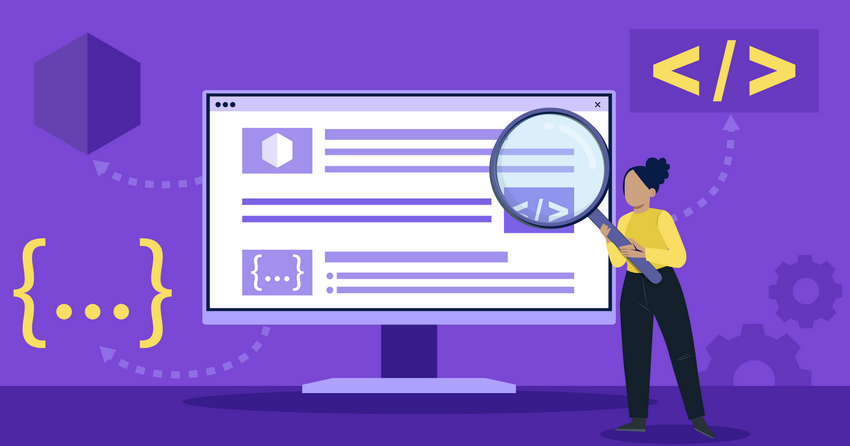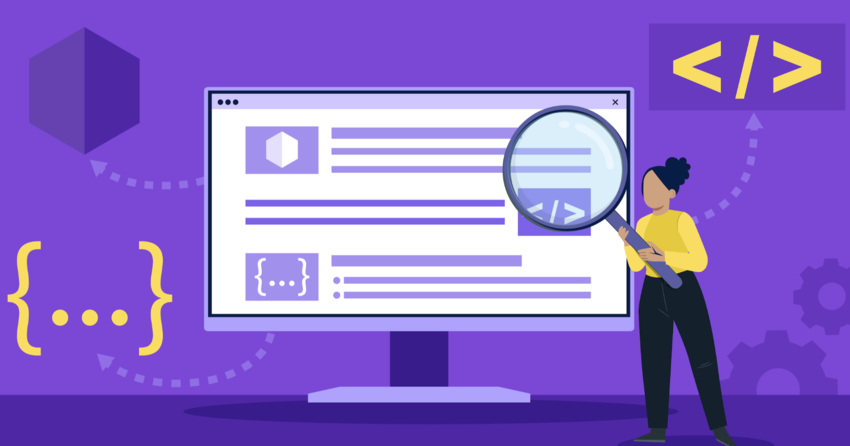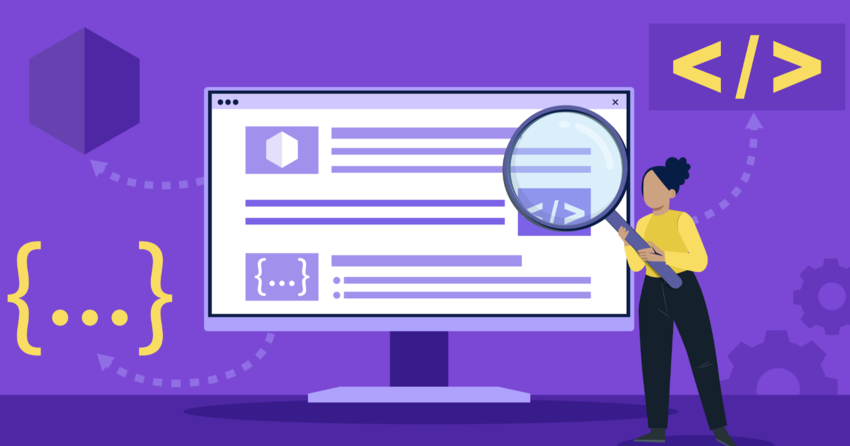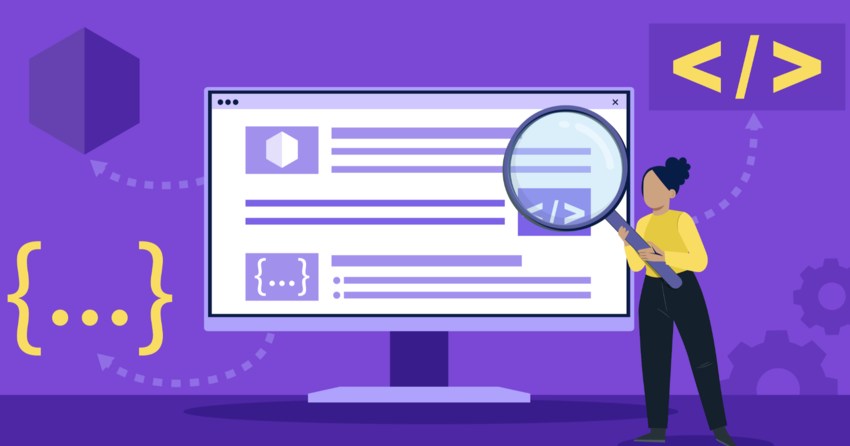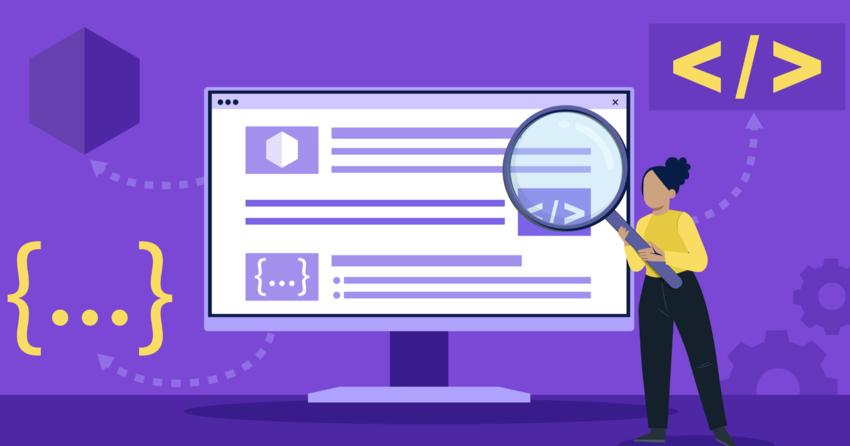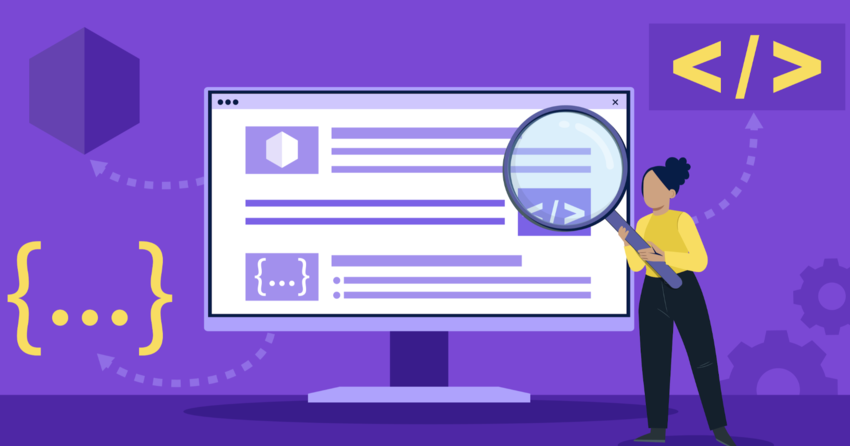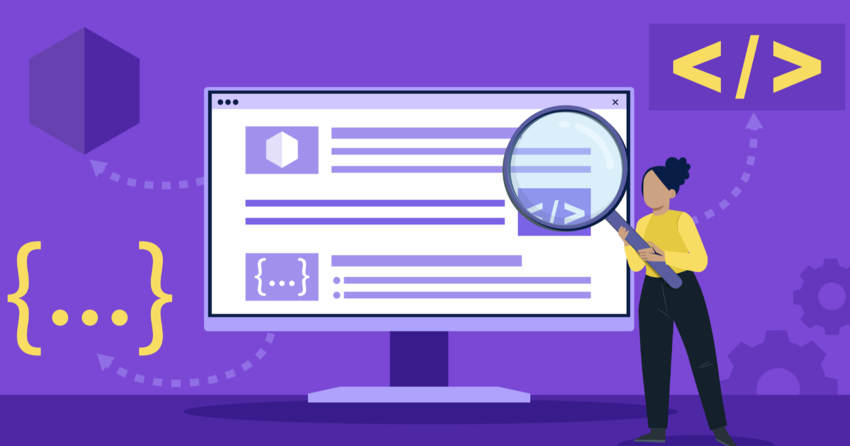A toolbar is a graphical user interface element, typically found at the top or bottom of an application window, that provides quick access to frequently used functions through a collection of icons or buttons. As an essential part of the user experience, toolbars streamline workflows and enhance productivity by putting essential tools right at your fingertips.
Definition of a Toolbar
A toolbar is a strip of icons or buttons displayed on a computer screen, offering immediate access to specific functions within an application or operating system. Toolbars are customizable and can be found in various software, web browsers, and operating systems. You might see functions like file management, text editing, or web navigation. Fundamentally, toolbars are designed to simplify tasks and improve efficiency.
How Does a Toolbar Work?
A toolbar operates as a command center, providing shortcuts to various functions within an application or operating system. Primarily, it presents a collection of icons or buttons, each linked to a specific action or feature. These icons represent commonly used commands, like saving a file, copying text, or adjusting settings.
When you click a toolbar button, the application registers the action and executes the corresponding command. This involves sending a message to the application’s core code, telling it to perform a certain task. Consider the “Save” button in a word processor, for instance.
The application performs the requested action, such as saving the current document. The toolbar simplifies complex operations, condensing them into a single click. Plus, toolbars often provide visual feedback, such as highlighting a button when the cursor hovers over it.
Many toolbars are customizable, allowing you to add, remove, or rearrange buttons based on your preferences. Otherwise, this customization lets you tailor the interface to match your specific workflow, making it more efficient. Some toolbars also offer advanced features, like dropdown menus or search bars, extending their functionality beyond simple command execution. The purpose of toolbars is to enhance your productivity and streamline interactions with software.
Types of Toolbars
Toolbars come in different forms, each suited to specific purposes and software environments. Recognizing these various types can assist you in understanding how best to use them and customize your digital workspace.
Standard Toolbars
Standard toolbars are the most common type, typically found in many applications and operating systems. They usually include icons for basic functions such as opening, saving, printing, and editing documents. In most cases, these toolbars appear at the top of the application window, offering immediate access to essential commands. Standard toolbars provide a consistent user experience across different software.
Formatting Toolbars
Designed for text editing and document creation, formatting toolbars let you modify the appearance of text and paragraphs. You’ll find features like font selection, text size adjustment, bolding, italicizing, underlining, and alignment options. These toolbars are essential in word processors, email clients, and presentation software. They make the creation of professional-looking documents straightforward.
Navigation Toolbars
Navigation toolbars are common in web browsers and file explorers. They include buttons for moving forward and backward, refreshing the current page, and entering web addresses. Often, these toolbars are positioned at the top of the window, aiding in web browsing or file management. They enhance your ability to quickly navigate through content.
Drawing Toolbars
Drawing toolbars are found in graphic design and image editing software. These toolbars offer tools for creating and manipulating images, such as brushes, pencils, shapes, and color palettes. Usually, you’ll see these toolbars in programs like Adobe Photoshop or GIMP. They also provide the necessary features for artistic expression and technical design.
Dockable Toolbars
Dockable toolbars can be moved and positioned anywhere on the screen. You can dock them to the edges of the application window or float them freely. Correspondingly, this flexibility lets you customize the interface according to your preferences. Dockable toolbars are common in professional software, including video editing suites and CAD programs.
Browser Toolbars
Available as extensions or add-ons, browser toolbars integrate directly into web browsers. Usually, they can add functions like search bars, ad blockers, password managers, and social media sharing tools. These toolbars extend the functionality of web browsers, tailoring the browsing experience to your requirements.
Taskbars
Taskbars are a type of toolbar provided by the operating system. They show currently running applications and let you switch between them. Taskbars include shortcuts to system functions, such as the Start menu, date, and time. Taskbars are essential for managing applications and system processes.
Customizing Your Toolbar
Toolbars are often customizable, enabling you to tailor them to your specific needs and preferences. The customization process varies depending on the software or operating system you’re using, but generally involves adding, removing, or rearranging buttons and icons.
Adding Items to a Toolbar
To add an item, you usually need to access the customization options within the application. This normally involves right-clicking on the toolbar or navigating to the settings menu. There you’ll find a list of available commands or functions that you can add to the toolbar. Select the desired command and drag it to the toolbar.
Some applications let you add custom commands or macros to the toolbar, increasing its functionality. Eventually, you can personalize your workspace.
Removing Items from a Toolbar
Removing items is as simple as adding them. Usually, right-click on the toolbar and enter the customization mode. Then, drag the item off the toolbar or select the “remove” option. This helps you keep the toolbar uncluttered. You can only keep those functions that are most useful to you.
Rearranging Items on a Toolbar
Rearranging items is as easy as dragging and dropping them to your preferred location on the toolbar. This customization lets you group related functions together or position the most frequently used commands for easy access. Arranging the items in a way that makes sense to you can significantly enhance your workflow. Consequently, your productivity will soar.
Creating Custom Icons
Some applications let you create custom icons for toolbar buttons. This involves using an image editor to design a small icon, then importing it into the application. Custom icons let you visually identify commands.
Resetting a Toolbar
If you make too many changes or want to revert to the original settings, most applications provide an option to reset the toolbar to its default state. This option is found in the customization settings. Eventually, resetting the toolbar removes all customizations. This provides a clean slate.
Toolbars vs. Menu Bars
Toolbars and menu bars both offer access to software functions, but they differ in their approach and usability. Understanding these differences can help you appreciate the strengths of each. It also guides you in choosing the right interface elements for different tasks.
Accessibility
Toolbars provide immediate access to common functions, displaying icons and buttons for quick selection. Menu bars organize commands into dropdown menus. You must navigate through several layers to find the desired function. Toolbars offer quicker access for frequent tasks.
Customization
Many toolbars are customizable. Thus, you can add, remove, and rearrange icons based on your preferences. Menu bars typically offer limited customization options. Occasionally, you can change the order of menus, but not the individual commands.
Screen Space
Toolbars take up more screen space due to the visual representation of functions. Menu bars are more compact. They only take up a single line at the top of the window. In this case, you have more room to work.
Intuitiveness
Toolbars are often more intuitive for new users. The visual icons provide clear indication of their functions. Menu bars require more familiarity with the software’s structure, but they are less intuitive for beginners. That’s not usually what you want.
Contextual Relevance
Toolbars can be designed to be contextually relevant. For example, they change based on the task at hand. Usually, menu bars offer a static set of commands. Thus, it’s more consistent. Consequently, they are less adaptable to the current context.
Discoverability
Toolbars increase discoverability of software features. Icons display what is available, encouraging users to explore different functions. Mostly, menu bars hide their options. There’s good and bad in that. They require you to click to see the options. But many functions remain hidden.
Scope of Functions
Toolbars are suitable for frequently used, essential commands. In this case, it is easy to find common functions quickly. Largely, menu bars are better suited for less common, more specialized commands.
Toolbars and Accessibility Considerations
When designing or using toolbars, it’s crucial to consider accessibility. Making toolbars accessible ensures that all people, regardless of their abilities, can use your website.
Keyboard Navigation
Ensure that all toolbar functions are accessible via keyboard navigation. Keyboard accessibility is essential for those who cannot use a mouse. For example, you can use tab keys and arrow keys to move through the toolbar.
Screen Reader Compatibility
Design toolbars to be compatible with screen readers. The buttons must include clear, descriptive labels that screen readers can interpret because this enables visually impaired people to understand the functions of each button.
High Contrast Options
Provide high contrast options for toolbar icons and backgrounds. High contrast improves visibility for people with low vision and it also makes it easier to see in bright environments.
Adjustable Font Sizes
Allow users to adjust the font sizes in toolbars. Adjustable fonts improve readability and provide a more comfortable viewing experience.
Clear Iconography
Use clear, recognizable icons for all toolbar buttons. Simple and universally understood icons can help people quickly identify the functions and it can reduce confusion.
ARIA Attributes
Use ARIA (Accessible Rich Internet Applications) attributes, because it enhances the accessibility of dynamic web content. They provide additional information to assistive technologies, making websites more accessible.
Semantic HTML
Use semantic HTML elements to structure the toolbar. Semantic HTML elements provide a clear and logical structure, making the toolbar easier to navigate and interpret by assistive technologies.
The Future of Toolbars
As technology evolves, the role and design of toolbars will continue to adapt. To begin, new trends and innovations may reshape the way toolbars are used in various applications and operating systems. This may make things more accessible.
Integration with AI
Artificial intelligence has become mainstream and it will be integrated into toolbars, providing smart suggestions and automated assistance. AI-powered toolbars could adapt to user behavior and could offer personalized function recommendations. Otherwise, they’ll simplify complex tasks.
Voice Control
Not only are more and more using voice control, toolbars could also support voice commands. This will let users interact with software hands-free. Moreover, this technology greatly improves accessibility, being a convenient way to use toolbars.
Touchscreen Optimization
Touchscreens are becoming more prevalent and toolbars will need to be optimized for touch interactions. This optimization involves larger, more touch-friendly icons and it involves intuitive gesture controls. They’ll work well on tablets and smartphones.
Cross-Platform Compatibility
There’s a growing emphasis on cross-platform development. Toolbars need to be consistent across different operating systems and devices. Cross-platform compatibility ensures a seamless user experience.
Minimalist Designs
Minimalist designs are expected to gain traction. Toolbars will focus on essential functions, reducing clutter.
Augmented Reality (AR) Integration
Augmented reality has the power to change everything. As a result, AR integration could create toolbars that overlay digital functions onto the real world. This opens up new possibilities for interaction.
Summary
Toolbars serve as essential interface components that offer quick access to frequently used functions, which enhances your productivity and streamlines workflows across various applications and operating systems. Recognizing the different types of toolbars, understanding how to customize them, and weighing their benefits against potential drawbacks can help you to optimize your digital workspace and improve your overall user experience.
Over time, the integration of AI, voice control, and touchscreen optimization will usher in new possibilities, but it’s important to remember that accessibility considerations should always remain a priority when designing and implementing toolbars to ensure inclusivity for all.





